Special Exhibition
25 November 2025 (Tue)

■[Special Exhibition]
Keizo Kitajima: Borrowed place, borrowed time
Overview
Rereading Keizo Kitajima
Keizo Kitajima is a photographer who has earned high acclaim both in Japan and abroad. Born in Suzaka, Nagano Prefecture, Kitajima began pursuing photography in earnest, when he enrolled in the WORKSHOP Photography School in 1975, where instructors included Shomei Tomatsu, Nobuyoshi Araki, Masahisa Fukase, Eikoh Hosoe, Daido Moriyama, and Noriaki Yokosuka. When the school disbanded the following year, Kitajima co-founded the independently run gallery Image Shop CAMP with Moriyama and others and actively exhibited his work in such shows as his first solo exhibition, BC Street, Okinawa (Shinjuku Nikon Salon, 1976), Photo Express: Tokyo (Image Shop CAMP, 1979), a monthly series of 12 exhibitions, and Photo Express: Okinawa (Image Shop CAMP, 1980), which was held every other month while traveling back and forth between Tokyo and Koza (Okinawa City).
His uncompromising snapshots, which captured his subjects without concession, led Daido Moriyama to describe him as “a street killer in broad daylight” [*1], while Kazuo Nishii, then editor-in-chief of Camera Mainichi, criticised his frequent use of flash [*2]. Despite these mixed reactions, Kitajima received the Newcomer’s Award from the Japan Photographic Society in 1981 for Photo Express: Tokyo. With the prize money, he traveled to New York, where he produced a series of street snapshots that would form his photobook New York (Byakuya Shobo), which won the 8th Ihei Kimura Photography Award.
In the years that followed, Kitajima traveled through cities such as East and West Berlin, Warsaw, Prague, Budapest, Hong Kong, and Seoul — places where the tensions of the Cold War were most evident — and established a reputation at a young age for his striking street photography that captured the faces of the people he encountered. However, around 1991, following his assignment to document the former Soviet Union on the eve of its collapse [*3], Kitajima, as if responding to the changing times, abruptly abandoned his previous snapshot style of photography.
From that point onward, through trial and error, he transitioned to a more solid and contemplative mode of expression, as evident in recent series such as PORTRAITS, which features fixed-point observations of anonymous individuals, and UNTITLED RECORDS, an ongoing documentation of marginal landscapes across Japan, including areas affected by the Great East Japan Earthquake.
While drastically changing both his subjects and photographic style, Kitajima has also repeatedly attempted to reread and reconstruct his own work. Taking as its central motif the phrase "Borrowed place, borrowed time," which symbolically appears twice in Kitajima's career, this exhibition attempts to reread his work over the past 50 years through new prints made by the photographer himself, as well as through materials such as magazines and photobooks that have presented his most significant works.
[*1] Daido Moriyama, “A street killer in broad daylight: Keizo Kitajima,” in Keizo Kitajima: Photo Express [Tokyo], Parol-sha, 1980.
[*2] Anonymous, “There’s a Problem with the Strobe Flash,” Camera Mainichi, September 1976, p. 40. Nishii later became one of Kitajima’s supporters, featuring his work in magazines and exhibitions he curated.
[*3] Sixteen years after his work in the Soviet Union, Kitajima restructured the photographs taken there into the exhibition Keizo Kitajima: USSR 1991 (Ginza Nikon Salon, 2007), for which he received the 32nd Ina Nobuo Award.
Artist Profile
Keizo Kitajima
Born in Suzaka, Nagano Prefecture, in 1954. After dropping out of university in 1975, he joined Daido Moriyama’s class at the WORKSHOP Photography School. Following the school’s dissolution, he co-founded the independently run gallery Image Shop CAMP with Moriyama and others in Shinjuku 2-chome. From the late 1970s onward, he presented snapshots taken in Koza, Tokyo, New York, East and West Berlin, Prague, Budapest, Seoul, and the former Soviet Union.
Subsequently, Kitajima made a significant stylistic shift towards serial works based on “landscapes” and “portraits”, marked by the publication, in 1991, of his photobook A.D.1991. As a photographer he has collaborated with writers such as Kenji Nakagami and Masahiko Shimada, and since 2001 has been involved in the operation of photographers’ gallery alongside Kota Kishi, Keiko Sasaoka, and others.
Major photobooks include Photo Express [Tokyo] (Parol-sha), New York (Byakuya Shobo), A.D.1991 (Kawade Shobo Shinsha), The Joy of Portraits (Rat Hole Gallery), USSR 1991 (Little Big Man), Untitled Records (BankART 1929), New York [New Edition] (PCT), and USSR 1991 [New Edition] (PCT). In addition to publishing photobooks, Kitajima is also involved in Kula and photographers’ gallery press publications.
Awards include the Newcomer’s Award of the Japan Photographic Society (1981), the 8th Ihei Kimura Photography Award (1983), the 32nd Ina Nobuo Award (2007), and the 41st Domon Ken Award (2022).
[Special Exhibition] Information
Period| November 29(Sat), 2025 - January 18 (sun), 2026
Open|9:00-17:00(last admission 16:30)
Closed|Wednesdays, December 28−January 3
Venue|Exhibition Galleries 1, 2, 3 of the Nagano Prefectural Art Museum
Admission Fees
▶ “Keizo Kitajima: Borrowed place, borrowed time” exhibition:
General: 1,000 (900) yen
University students & Visitors aged 75 and over: 800 (700) yen
High school students & children under 18: Free
▶ Combined ticket with the Collection Exhibition [Main Building & Higashiyama Kaii Gallery]:
General: 1,500 yen
University students & Visitors aged 75 and over: 1,100 yen
※ Fees in brackets are for groups of 20 visitors and more as well as discounted services.
※ Discounts may not be combined.
※ Visitors with a Physical Disability Certificate, Medical Rehabilitation Handbook, or Mental Disability Certificate, as well as one companion, are admitted for free.
※ University students and Visitors aged 75 and over are required to show IDs.
※ Students attending universities and other institutions within Nagano Prefecture admission free of charge.
Kota Kishi「That place, Enclaves」/Keiko Sasaoka「The World After」「Park City」/Yu Shinoda「Voice(s)」
Kota Kishi
Period| November 29(Sat), 2025 - January 18 (sun), 2026
Open|9:00-17:00(last admission 16:30)
Closed|Wednesdays, December 28−January 3
Venue|Community Space , Open Gallery of the Nagano Prefectural Art Museum
Admission Fees
Free
Accessibility
▶by Car
There is no general visitor parking available at the Nagano Prefectural Art Museum. Please use public transportation or nearby toll parking lots. *The parking space located at the north of the annex, Higashiyama Kaii Gallery, is a dedicated parking lot for the Shinshu Parking Permit Program.
⦿Public Transport
From the No.1 bus stop of the Zenkoji Exit bus station at the JR Nagano Station,
① take the Alpico buses Route 11, Route 16, or Route 17, and get off at the Zenkoji-kita bus stop. The museum is a 3-minute walk east from the stop.
② take Binzuru-go buses and get off at the Zenkoji Daimon bus stop. Walk along the omotesando approach up to the main hall of the Zenkoji Temple, then turn right toward Joyama Park; approximately a 10-minute walk.
On weekends and holidays, get off at the Joyama Koen-mae bus stop.
▶by Train (The Nagano Dentetsu Line)
Get off at the Zenkoji-shita Station. The museum is a 15-minute walk northwest from the station.
Downloads・Related Documents
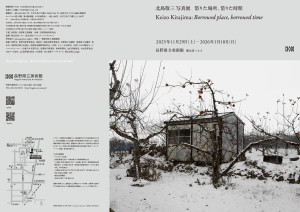 Flyer(front)_Keizo-Kitajima_Borrowed-place-borrowed-time PDF File 1.64 MB |
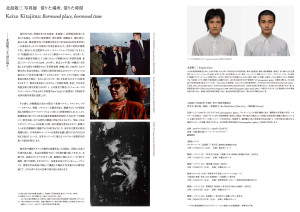 Flyer(rear)_Keizo-Kitajima_Borrowed-place-borrowed-time PDF File 1.96 MB |


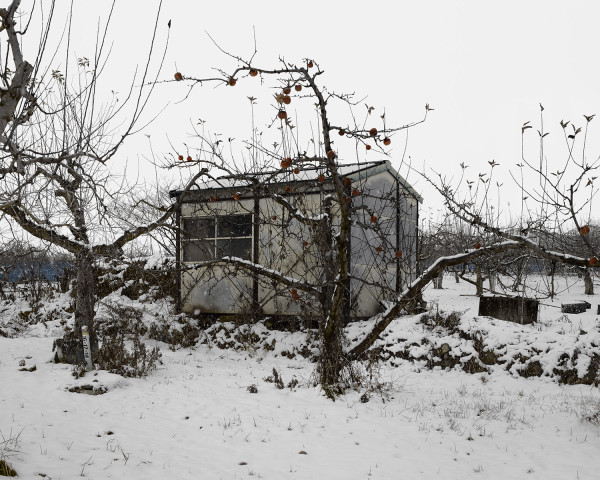
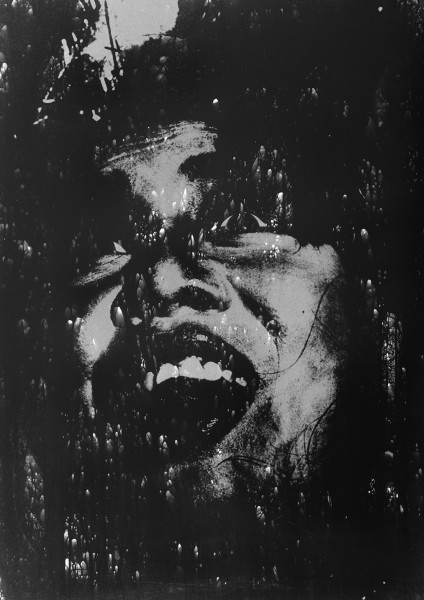
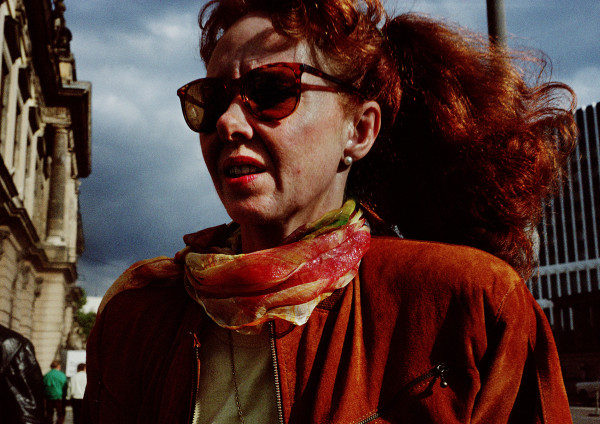
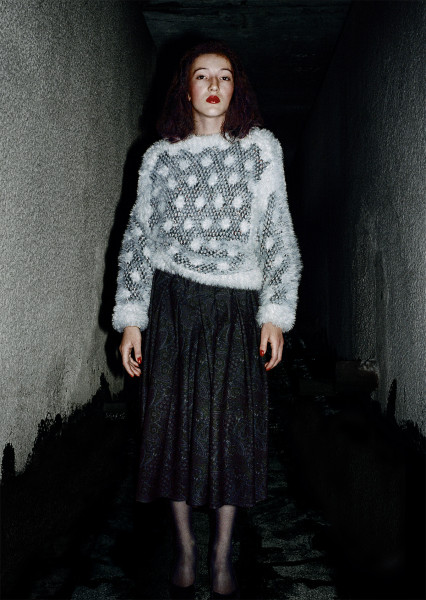
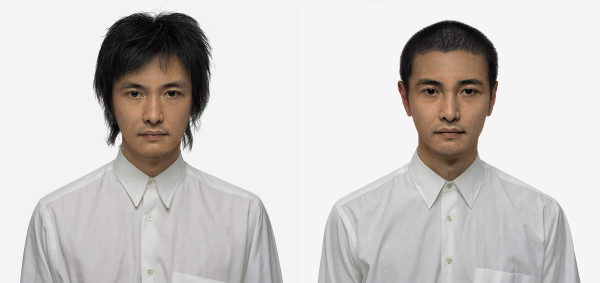

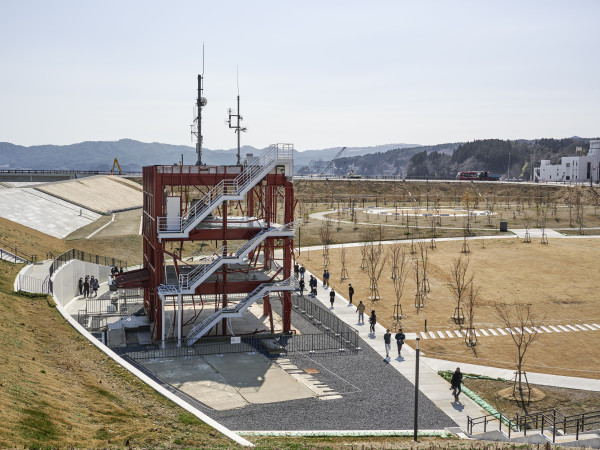
」より、2017年-Courtesy-of-the-artist-ⒸYU-SHINODA_2-medium.jpg)

